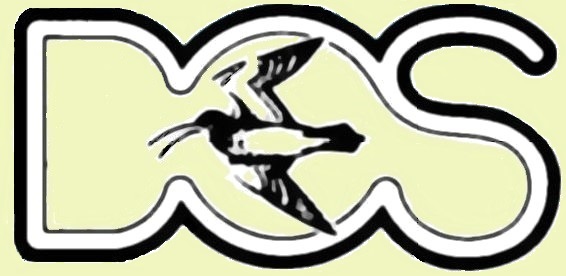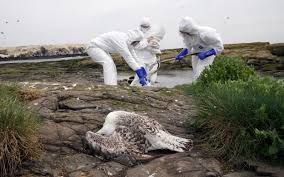






8 November: The Little Stint remains at Carr Vale NR

We have several opportunities you may be perfect for.
See the the list here

The latest Derbyshire Bird Report published November 2024 and containing 224 pages in full colour. Complete Systematic List for the 207 species recorded in Derbyshire in 2023, including the county's first Pacific Golden Plover and much more


Suspected outbreaks of this very serious disease affecting wild and captive birds have been reported in Derbyshire
What to do if you find dead birds:
You should call the Defra helpline (03459 33 55 77) if you find:
For the latest DEFRA guidance see here
During the breeding season, please be sensible and responsible when using social media to report sightings for sensitve breeding species - see here for more details. The Rare Breeding Birds Panel issued revised guidance see here. Advice on finding rarities from our Recorders is available here. Remember: the birds must come first.
Willington Wetlands is the name adopted by the site owner (Derbyshire Wildlife Trust) for thir flagship reserve in the Trent Valley. It comprises of Willington Gravel Pits (GP), High Bridge GP and the Canal Pit. We have been collecting records for many years for these three locations and to provide referential integrity within our database (to allow comparisons over the years) we continue to collect records for each of them. Observers do have the option of submitting records for Willington Wetlands but we request that for recording purposes you use the more localised names.
If you witness or suspect wildlife crime then please contact the police (ask for a Wildlife Crime Officer) or RSPB. Your information will be dealt with in confidence but if, for any reason, you are reluctant to take either of those routes then please at least pass the information to Crimestoppers by ringing 0800 555111
Several of the sites in the county have some restrictions on access:
Safety first! Respect landowner's privacy. "The interests of the bird comes first". Follow the Birdwatchers Code of Conduct
Click here for information